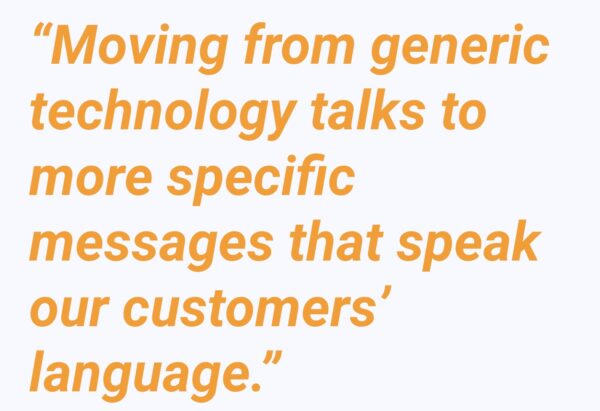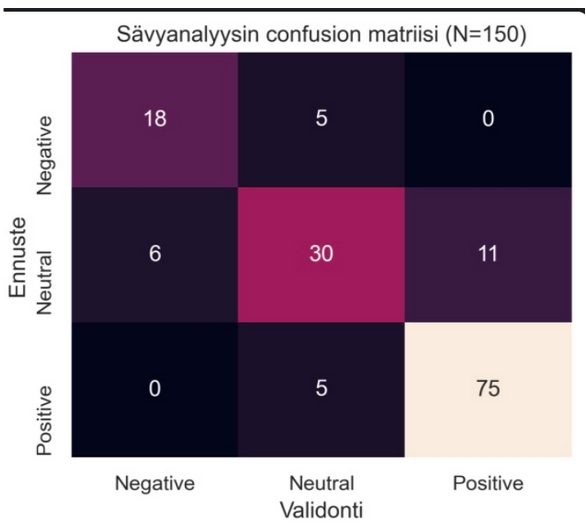Breathe New Life into Cornerstone Systems
Take your Salesforce, SAP, Power BI, Oracle, AWS, and VMware solutions to the next level with Google Cloud
Author: Anthony Gyursanszky, CEO
We all want AI and analytics to boost our business and enable growth, but few of us have the deep pockets needed to redo our entire IT environment.
Most Nordic organizations have invested significantly in leading technologies like Salesforce, SAP, Microsoft Power BI, Oracle, AWS, and VMware. However, the jungle of AI capabilities is scattered and a coherent AI roadmap is difficult to envision.
Integrating Google Cloud with the technologies mentioned above, allows you to unlock new synergies and use advanced AI capabilities without extensive reconfiguration or additional capital expenditure.
Turbo boost your current system environment without overlapping investments
Adding Google Cloud to your IT strategy does not necessarily mean replacing existing systems. Instead, you can compliment them, enabling them to work together more effectively and deliver greater value with minimal disruption.
For example, Google Kubernetes Engine (GKE) Enterprise enables seamless deployment and management of your existing applications across hybrid and multi-cloud environments. Your Salesforce, SAP, Oracle, and VMware systems can work together more efficiently, with Google Cloud as the glue between them. The result is a more streamlined, agile IT environment that enhances the capabilities of your current investments.
Google Cloud VMware Engine, in turn, allows you to extend your existing VMware environments to Google Cloud without costly migrations or re-architecting. This enables your business to tap into Google Cloud’s vast computing and storage resources, advanced AI tools like Vertex AI machine learning platform, and robust analytics platforms like BigQuery—without a revolution in your current infrastructure.
Harness all your data and deploy the market-leading AI tools
Data-driven decision-making is crucial today for maintaining a competitive edge in any field of business. Integrating Google Cloud with, e.g., your existing Microsoft Power BI deployment will significantly enhance your analytics capabilities. Google Cloud’s BigQuery offers a robust, serverless data warehouse that can process vast amounts of data in real-time, providing deeper and faster insights than traditional analytics tools. By connecting BigQuery to Power BI, you can easily analyze data from various sources like SAP, Oracle, or Salesforce and visualize it in dashboards familiar to your end users. Such integration enables your teams to quickly draw informed conclusions based on comprehensive, up-to-date data without significant additional investment.
Furthermore, Google Cloud’s Vertex AI can integrate into your existing data workflows. This way, you can take advantage of Google’s advanced machine learning and predictive analytics tools, and the analysis results can be visualized and acted upon within Power BI.
You can also activate your SAP data with Google Cloud AI for advanced analytics and for building cutting-edge AI/ML and generative AI applications. This enhances the value of your data and positions your business to respond more swiftly to market changes.
For businesses using Oracle, Google Cloud’s Cross-Cloud Interconnect provides secure, high-performance connectivity between Google Cloud and Oracle Cloud Infrastructure (OCI). This allows you to continue leveraging Oracle’s strengths while benefiting from Google Cloud’s advanced AI, analytics, and compute capabilities—without being tied to a single vendor.
Start small, and grow compliantly as you go
One key advantage of Google Cloud is that you can start benefiting from the advanced capabilities almost immediately, driving innovation and competitive advantage with only minor incremental investments. Google Cloud’s pay-as-you-go model and flexible pricing allow you to start small, scaling up only as needed and as you gain tangible proof of the business value. This approach minimizes upfront costs while providing access to cutting-edge technologies that can accelerate your business growth.
As your business’s cloud capabilities expand, maintaining data security and compliance remains a top priority especially in the Nordic region, where regulations like GDPR are stringent. Google Cloud’s Hamina data center in Finland provides secure, EU-based infrastructure where your data stays within the region, meeting all local compliance requirements.
Google Cloud also offers advanced security features, such as Identity and Access Management (IAM), that integrate seamlessly with your existing systems like Microsoft Power BI and VMware. This ensures your data is protected across all platforms, allowing you to grow your cloud footprint securely and confidently.
Don’t put all your digital eggs in the same basket
Google Cloud’s open standards and commitment to interoperability ensure that you’re not locked into any single vendor, preserving your ability to adapt and evolve your IT strategy as needed. This strategic flexibility is crucial for businesses that want to maintain control over their IT destiny, avoiding the limitations and costs associated with vendor lock-in.
Google Cloud complements your existing IT investments and helps you gain a competitive edge from technology choices you have already made. At Codento, we specialize in helping Nordic businesses integrate Google Cloud into their IT strategies. We ensure that you can maximize the value of your current investments while positioning your business for future growth.

About the author:
Anthony Gyursanszky, CEO, joined Codento in late 2019 with more than 30 years of experience in the IT and software industry. Anthony has previously held management positions at F-Secure, SSH, Knowit / Endero, Microsoft Finland, Tellabs, Innofactor and Elisa. Hehas also served on the boards of software companies, including Arc Technology and Creanord. Anthony also works as a senior consultant for Value Mapping Services. His experience covers business management, product management, product development, software business, SaaS business, process management, and software development outsourcing. Anthony is also a certified Cloud Digital Leader.
Stay tuned for more detailed information and examples of the use cases! If you need more information about specific scenarios or want to schedule a free workshop to explore the opportunities in your organization, feel free to reach out to us.




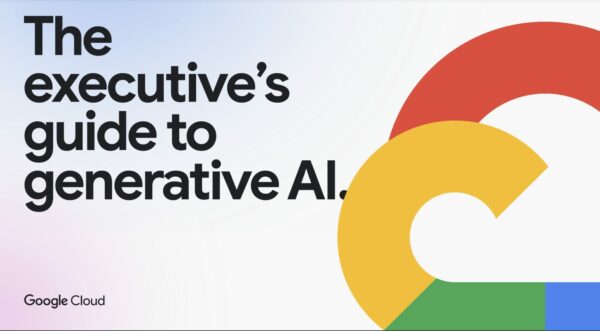

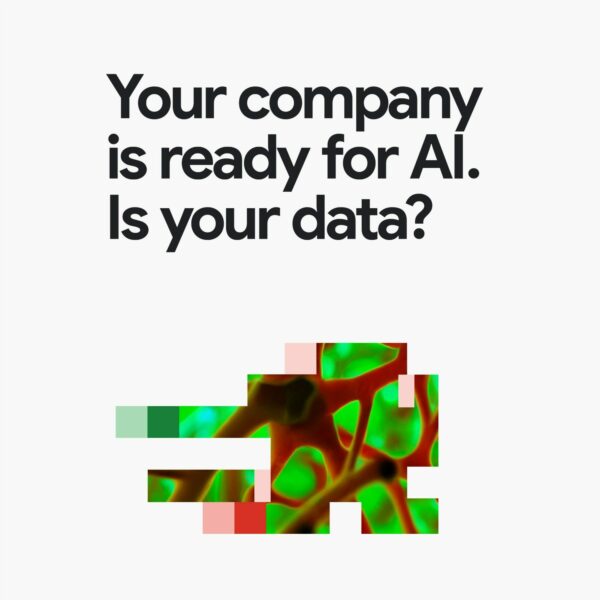


 ctively participating to the event in Las Vegas with Ulf Sandlund and Markku Pulkkinen and remotely via the entire Codento team. Earlier on Tuesday Codento was awarded as
ctively participating to the event in Las Vegas with Ulf Sandlund and Markku Pulkkinen and remotely via the entire Codento team. Earlier on Tuesday Codento was awarded as 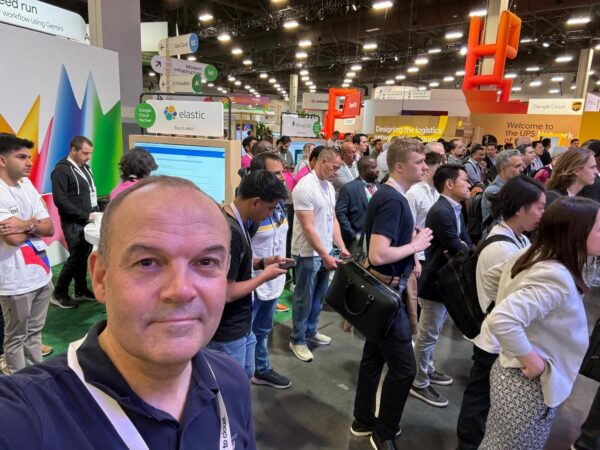 ng embedded across a broad range of Google Cloud services addressing a variety of use cases and becoming a true differentiator, for example:
ng embedded across a broad range of Google Cloud services addressing a variety of use cases and becoming a true differentiator, for example: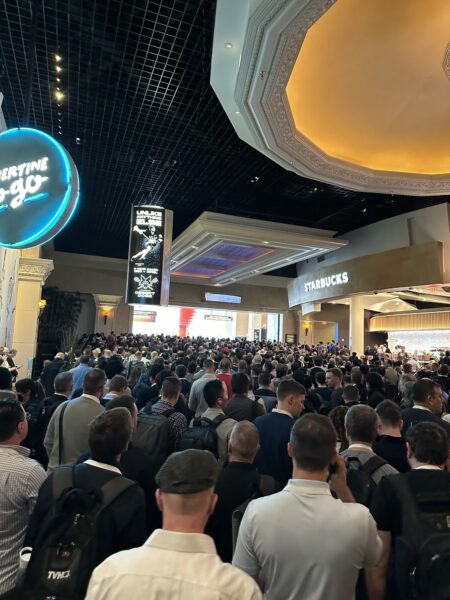
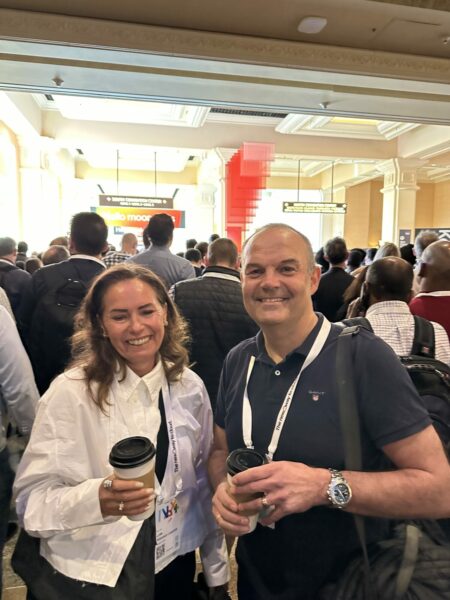 What is already known convinces us that Google Cloud and its AI approach continues to be completely enterprise-ready providing capabilities to support deployments from pilot to production.
What is already known convinces us that Google Cloud and its AI approach continues to be completely enterprise-ready providing capabilities to support deployments from pilot to production. 



